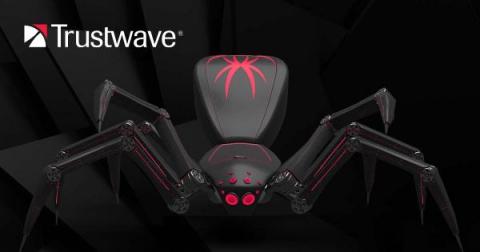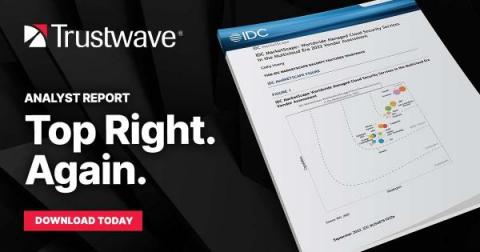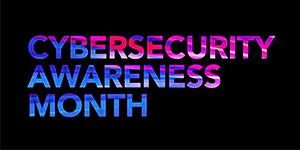Insta-Phish-A-Gram
Following Trustwave SpiderLabs’ blog on social media-themed phishing on Facebook, comes another flavor of ‘infringement’ phishing. In this case, the targets, still under the umbrella of Meta, are Instagram users. This theme is not new, and we have seen it from time to time over the last year. It’s the same copyright infringement trickery again, but this time, the attackers gain more personal information from their victims and use evasion techniques to hide phishing URLs.







